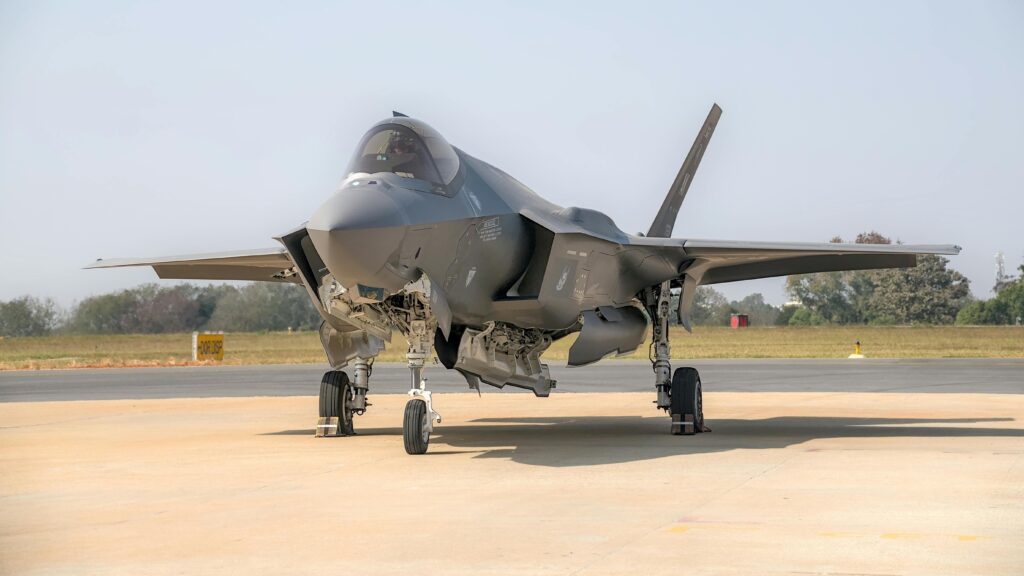Introduction about India-Pakistan Conflict: A Comprehensive Update

The relationship between India and Pakistan has been marked by conflict and tension since the partition of British India in 1947. India-Pakistan Conflict: A Comprehensive Update. The two nuclear-armed nations have fought multiple wars, engaged in countless skirmishes, and remain locked in a state of perpetual distrust. In recent developments, the geopolitical landscape has once again brought the two countries to a critical juncture, raising global concerns over regional stability and international security.
Historical Context
The roots of the India-Pakistan conflict trace back to the partition of British India, which led to the creation of two independent states—India and Pakistan. The partition was accompanied by large-scale communal violence and mass migrations, setting the stage for decades of animosity. Since then, India and Pakistan have fought three major wars (1947, 1965, and 1971), with additional military engagements such as the Kargil War in 1999.
The primary point of contention remains the Kashmir region—a territory claimed by both nations but controlled in parts. Efforts for peace have been repeatedly undermined by political mistrust, terrorism, and military escalations.
Recent Escalations
Tensions between the two nations have escalated in recent months due to a series of border skirmishes and diplomatic standoffs. Reports indicate an increase in cross-border shelling along the Line of Control (LoC), resulting in military and civilian casualties. Both nations accuse each other of violating ceasefire agreements, further complicating prospects for dialogue.
The situation took a critical turn when diplomatic communications broke down, leading to a freeze in bilateral talks. India’s stance on terrorism emanating from Pakistani soil has been a major sticking point, while Pakistan accuses India of heavy-handedness in Kashmir. Intelligence reports suggest increased military mobilization on both sides, heightening the risk of confrontation.
International Response
The global community has responded with calls for restraint, urging both nations to return to the negotiating table. The United Nations and major world powers, including the United States, China, and Russia, have expressed concern over the potential for conflict escalation, given the nuclear capabilities of both countries. Humanitarian organizations have also raised alarms about the impact on civilians living along the border regions.
Implications for Regional Stability
The India-Pakistan conflict poses significant risks not only to regional stability but also to global peace. Both nations possess substantial military arsenals, and the threat of nuclear confrontation remains a grave concern. Economically, prolonged tensions divert critical resources away from development and have a chilling effect on foreign investment. Additionally, the instability disrupts trade routes, impacts global markets, and creates humanitarian challenges in conflict-affected areas.
Path Forward: Prospects for Peace
For lasting peace, both nations need to engage in sustained diplomatic dialogue, backed by international mediation if necessary. Confidence-building measures such as ceasefire agreements, cross-border trade, and people-to-people exchanges could pave the way for reconciliation. The role of global powers in mediating dialogue remains crucial, as the stakes are far too high for continued stagnation.
Conclusion
The current state of affairs between India and Pakistan is a stark reminder of the fragile peace in South Asia. While diplomatic efforts have historically failed to produce lasting peace, the need for dialogue and de-escalation has never been more critical. The international community’s role in mediating and supporting peaceful negotiations remains crucial as both nations navigate this complex and volatile relationship.
Further updates will be provided as the situation develops, with a focus on ground reports, diplomatic engagements, and global reactions.